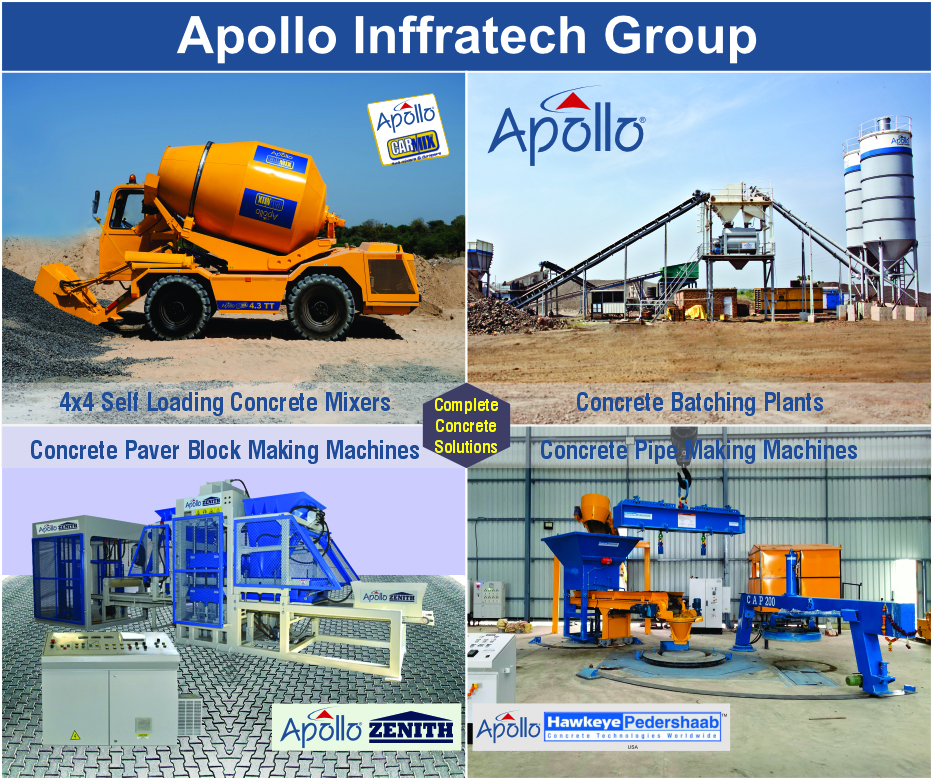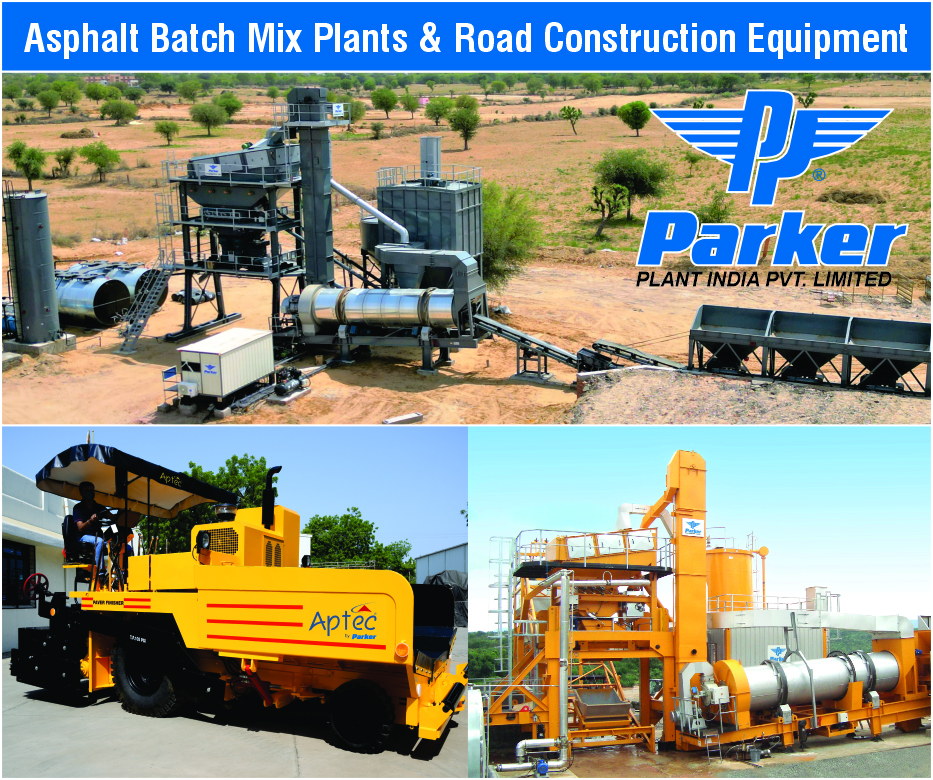In recent years, the Indian construction equipment landscape has undergone a remarkable transformation. The once-dominant backhoe loader, often hailed as the workhorse of infrastructure development, is steadily being challenged — and in many applications, replaced — by excavators. This shift is more than a product trend; it reflects a structural evolution in project scale, technology adoption, and operational efficiency across the sector.
From Multi-Utility to Task Specialization
Backhoe loaders have traditionally held sway in the Indian market due to their versatility — capable of handling digging, loading, and minor hauling on small to medium construction sites. However, as project complexity, mechanization, and productivity expectations have grown, the need for dedicated, high-performance earthmoving solutions has accelerated.
Excavators, with their superior digging depth, hydraulic power, and precision, have become the preferred choice for large-scale projects — from road expansion and mining to urban infrastructure and industrial development. Contractors are increasingly realizing that a single specialized machine can outperform a multi-utility one in terms of both output and cost efficiency over time.
Technology as a Catalyst
The new generation of “smart excavators” is redefining the category. Equipped with IoT connectivity, telematics, and semi-automated controls, they enable real-time monitoring, predictive maintenance, and optimized fuel usage. Manufacturers such as Hyundai, Komatsu, and Tata Hitachi are leading this transformation, introducing machines that not only dig deeper but also think smarter.
As AI integration and automation gain ground, the gap between backhoe loaders and excavators will only widen further — creating opportunities for OEMs to innovate and capture market share in previously backhoe-dominated segments.
An Opening to Challenge Market Leaders
For decades, the backhoe loader segment has been tightly held by a few incumbents, with limited room for new players to emerge. But the excavator boom is reshuffling the deck. With demand growing in both urban construction and rural infrastructure, equipment makers with strong R&D capabilities, localized manufacturing, and robust service networks now have a real opportunity to challenge the long-standing leadership hierarchy.
Hyundai Construction Equipment, for instance, is aggressively positioning itself with its new Smart Excavator Series, aiming to leapfrog competition through technology and operator comfort. Similarly, brands investing in AI-driven automation, hybrid powertrains, and digital monitoring platforms are likely to gain a decisive edge.
Looking Ahead
As India prepares for another decade of infrastructure expansion — with projects in roads, rail, metro, and smart cities — the demand for high-productivity excavators is set to surge. The transition from backhoe loaders to excavators is not merely a product substitution; it’s a paradigm shift in how the construction sector perceives efficiency, safety, and long-term value.
For manufacturers, the message is clear: innovation and adaptability will determine who leads the next phase of growth. And for customers, this evolution means access to smarter, faster, and more reliable machines — redefining what’s possible on every job site.
Editor’s Note:
The rise of excavators signals a new era in India’s construction machinery sector — one where technology, not tradition, decides the leaders of tomorrow.









